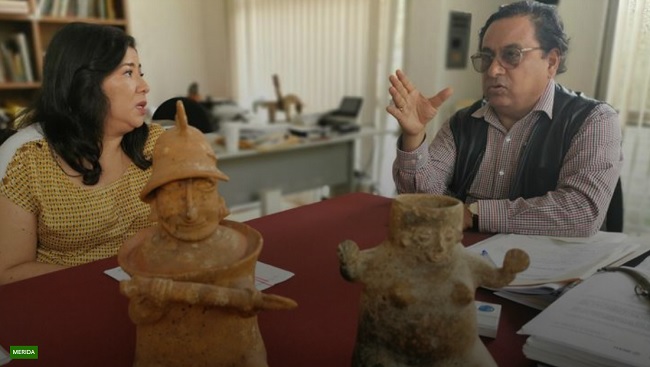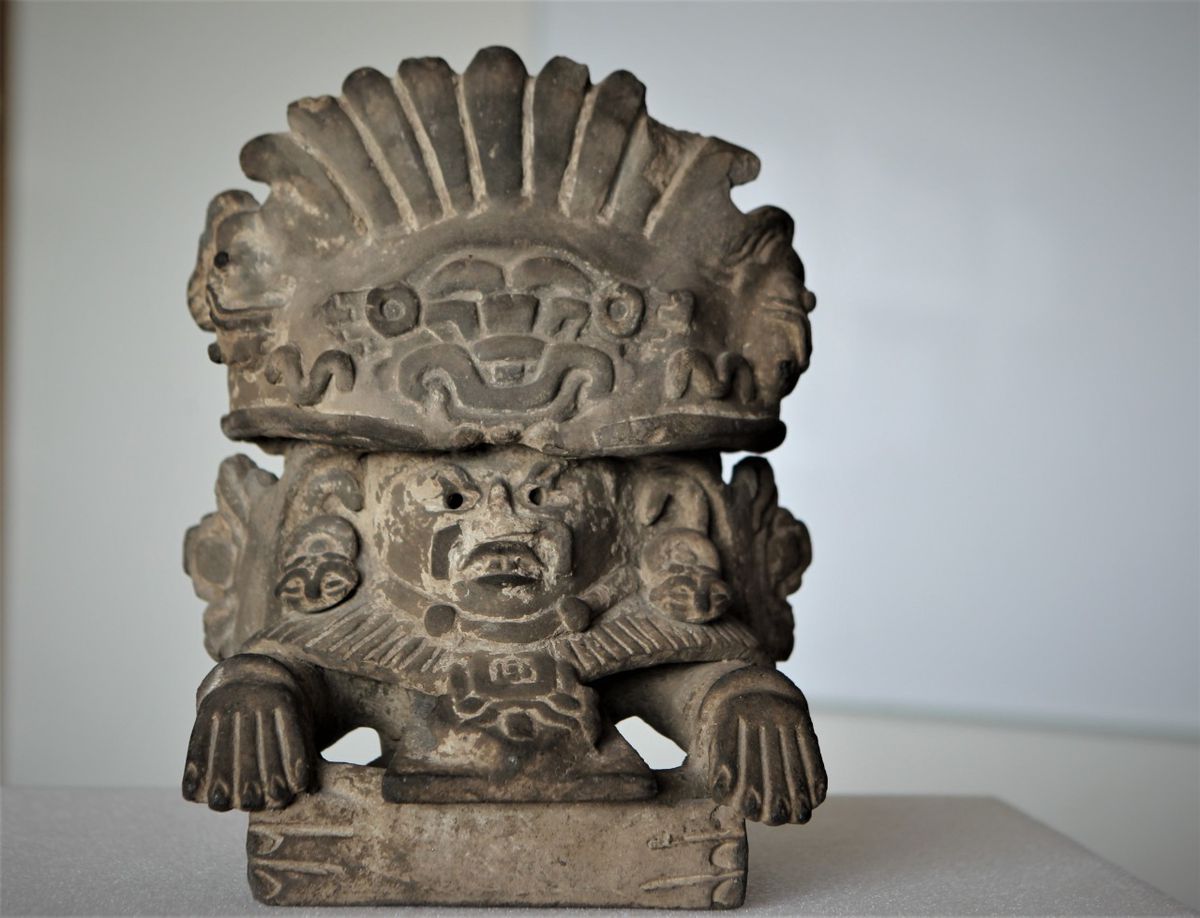September 14, 2022.- The Ministry of Foreign Affairs delivers to the National Institute of Anthropology and History works given to embassies voluntarily by individuals.
The Ministry of Foreign Affairs has delivered more than 50 archaeological pieces to the National Institute of Anthropology and History (INAH), as reported by the Mexican Government through a press release. The collected works were voluntarily handed over by citizens from Austria, Canada, Sweden and the United States through Mexican embassies and consulates in those countries.
INAH specialists have confirmed that they are pieces “belonging to different cultures from different periods of the pre-Hispanic era”. In the communiqué, they emphasize an urn of Zapotec origin that, according to them, was elaborated between the years 600 and 900, dates in which this civilization developed. Another of the pieces pointed out is a fragment of a column taken from El Palacio, a structure located in the Mayan archaeological zone Santa Rosa Xtampak, in Campeche.
The pieces have become part of INAH due to the Federal Law on Archaeological, Artistic and Historic Monuments and Zones, a measure in force since May 6, 1972, dedicated to preserving Mexico’s cultural and historic heritage through research, protection and restoration.
The more than 50 works are added to the nearly 9,000 pieces recovered by the Mexican Government in the last three years, according to the Secretary of Foreign Affairs, Marcelo Ebrard, last July. From the Government, they assured that the recovery of the 8,970 objects was “very good news” and their exhibition, “a reason for pride”.

The communiqué states that the delivery is part of the “efforts” of the Mexican Government to recover the cultural heritage stolen in an “illicit” way. In addition, it points out that another purpose is to “raise awareness” of the value of the pieces.
This is not the first time Mexico has received the return of archeological pieces. In 2021, the Mexican Embassy in Germany returned 34 pieces voluntarily handed over, among which there were cajetes, vessels, seals and an anthropomorphic mask of the Olmec culture, made by the cultures of the Gulf Coast of Mexico, the Central Highlands, the West and the Mayan area.
In spite of the efforts made by Mexico to repatriate cultural goods, the Government did not manage to avoid some heritage sales in private auctions. The firm Christie’s, which raised more than 3.5 million dollars in an auction of pre-Hispanic objects held in 2021, despite the rejection of countries such as Mexico, Colombia, Guatemala, Honduras and Peru. The German firm Gerhard Hirsch auctioned 74 objects that the Mexican authorities asked to be returned.
TYT Newsroom



